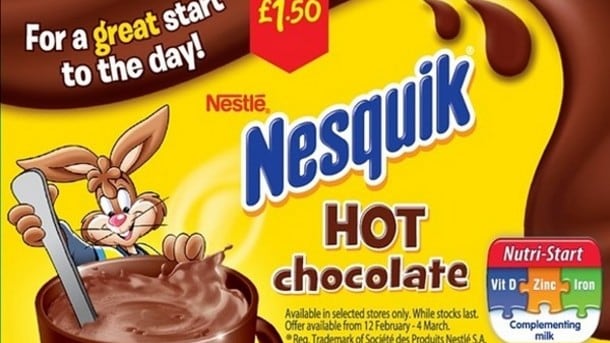The findings have important implications for labelling regulations and packaging designs, the authors said.
The research, carried out by experts at three universities in Uruguay, involved labels designed around three variables – cartoon characters, nutrition claims and the traffic-light system – for two products, a sponge cake and a yoghurt. The nutrient claim considered in the yogurt labels was ‘Calcium + Vitamin D’, whereas the claim ‘’Enriched with Iron and Folic Acid’ was used for the sponge cake labels.
The researchers divided 238 children into two groups. In one group, they were asked to rate eight different labels on a hedonic scale. In the other, they had to choose the label they liked most in each of eight pairs.
Influence
In the group that chose their favourite label in each of eight pairs, the authors discovered that the inclusion of cartoon characters and nutrient claims “significantly influenced children’s preferences for yogurt and sponge cake labels”.
The relative importance of cartoon characters and nutrient claims depended on the specific product being considered and age of the children.

For yoghurt labels, for instance, the relative importance of nutrient claim to children’s choice of their preferred label was higher than that of cartoon character. Meanwhile, the relative importance given to the cartoon character tended to be higher for six- to nine-year-olds than for the older children – 42% versus 27%. This trend was more evident for sponge cake labels.
“The cartoon character was clearly the most important variable for the choices of [six- to nine-year-olds], whereas the opposite trend was found for [ten- to twelve-year olds],” they concluded.
Calls for close regulation
Nutrient claims also tended to resonate more than the front-of-pack nutritional information. The claims therefore needed to be closely regulated, the authors said.
“None of the variables was found to significantly affect children’s hedonic scores in the rating-based conjoint analysis. On the contrary, choice-based conjoint proved to be easily understood and enabled to discriminate among labels.”
“The choice-based conjoint proved to be easily understood by children and enabled to identify design variables that influenced children’s preferences for two snack foods,” they said. The finding is important in terms of designing labels for healthy food that will appeal to children.
The study, published in the Journal Food Quality and Preference, also suggested that the best method of assessing children’s label preferences is to use a ‘choice-based conjoint’ rather than a ‘ratings-based conjoint’.
